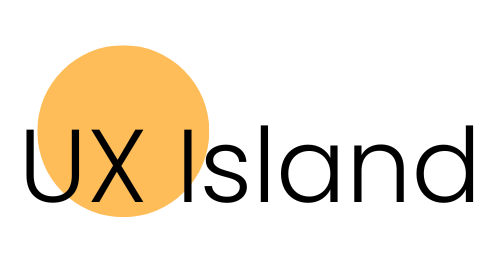In today’s digital landscape, UX Research (UXR) plays a crucial role in creating products that meet user needs and expectations. A well-executed UX research strategy provides insights into user behavior, motivations, and pain points, ultimately informing a design that’s user-centered and impactful. With a range of UXR methods available, choosing the right approach can seem overwhelming. This guide covers some of the most effective UX research methods and when to use each.
1. User Interviews
What It Is: User interviews are one-on-one conversations between researchers and users, focused on understanding user needs, motivations, and behaviors.
When to Use: Ideal for the early discovery phase when you want deep insights into user needs and attitudes. They’re particularly useful for understanding complex behaviors and gathering qualitative data.
Pro Tips:
- Use open-ended questions to encourage users to share detailed thoughts.
- Avoid leading questions, as they can bias the responses.
- Record the interviews to revisit specific insights later.
2. Surveys and Questionnaires
What It Is: Surveys are structured questionnaires sent to a broad audience to collect quantitative data. They can cover a wide range of topics, from product satisfaction to feature requests.
When to Use: Best used when you need data from a large user group, especially when validating assumptions or identifying trends.
Pro Tips:
- Keep surveys short and focused to maximize completion rates.
- Use a mix of question types (e.g., Likert scales, multiple-choice) to gain varied insights.
- A/B test survey wording for clarity and effectiveness.
3. Card Sorting
What It Is: Card sorting helps determine how users categorize and label content. Participants organize topics into groups that make sense to them, helping inform information architecture.
When to Use: Useful in the mid-design phase, particularly for websites or apps that need a logical content structure.
Pro Tips:
- Use open card sorting for exploratory research or closed card sorting when testing a specific structure.
- Follow up with participants to understand their reasoning.
- Combine card sorting results with tree testing to validate your content structure.
4. Usability Testing
What It Is: Usability testing involves observing users as they interact with a product to identify usability issues and understand user experience.
When to Use: Best used when you have a prototype or finished product and want to evaluate its usability. This method works well in iterative design processes to refine designs.
Pro Tips:
- Set clear tasks for users to complete so you can observe their natural interactions.
- Avoid coaching participants during the test—watch how they navigate on their own.
- Take note of any patterns in errors or frustrations for improvement.
5. A/B Testing
What It Is: A/B testing compares two versions of a webpage or app feature to see which performs better with users, often focusing on conversion rate or engagement.
When to Use: Best for optimizing an existing product rather than initial research. Use it when you want concrete data on specific design or content changes.
Pro Tips:
- Make one change at a time per test (e.g., headline, color) to isolate the impact.
- Run the test long enough to get statistically significant results.
- Use A/B testing with other methods (like surveys) to understand why one variant performs better.
6. Focus Groups
What It Is: Focus groups bring together a small group of users to discuss their opinions and experiences about a product. This method allows for group dynamics to surface ideas and themes.
When to Use: Useful in the discovery and conceptual phases, particularly when exploring early ideas or gathering reactions to a product concept.
Pro Tips:
- Encourage everyone to speak to avoid dominant voices skewing results.
- Use a moderator to keep the discussion on track.
- Analyze group interactions to identify common attitudes and conflicts.
7. Diary Studies
What It Is: Diary studies involve participants documenting their experiences over time, providing longitudinal insights into user behavior.
When to Use: Valuable for understanding user behavior in natural settings over a period. Ideal for projects where in-the-moment decisions and long-term engagement are key.
Pro Tips:
- Set clear guidelines for diary entries to ensure consistency.
- Regularly check in with participants to keep engagement high.
- Analyze entries for patterns and outliers in behavior.
Choosing the Right Method for Your Project
Selecting a UXR method often depends on the project phase, goals, and resources available. Here’s a quick guide to help decide:
- Discovery Phase: Focus on methods like user interviews, focus groups, and surveys to understand user needs and set a foundation.
- Conceptual Phase: Use methods like card sorting and diary studies to refine concepts and understand user expectations.
- Design and Prototyping Phase: Usability testing, A/B testing, and heuristic evaluations are essential here to validate design choices and address usability issues.
- Optimization Phase: Post-launch, continue with A/B testing and surveys to fine-tune the product based on user feedback.
Using the right UX research method at each stage of the design process ensures that your product meets user needs and performs well. From qualitative insights gathered in interviews to quantitative data from surveys and A/B testing, each method has unique strengths that contribute to a holistic understanding of user experience. Experimenting with and combining multiple methods will yield the best results, keeping your design process informed, user-centered, and effective.
